Rear-end collision damage often goes beyond what’s visible. It can significantly impact both safety and cost. Eventually, the cars get fixed. The real question is: Was it at a profit or a loss?
In this article, we're discussing the damage behind the bumper cover. These areas include the rear body panel, quarter panels, and taillight pockets. In the past, these panels only needed to be primed and painted. Since they’re hidden, not much attention was paid to them.
That started to change about five years ago with the widespread introduction of blind spot sensors, which are now standard on most vehicles. These sensors and their brackets are mounted directly onto body panels — without any adjustment options. If the panel is misaligned, the sensor is misaligned too.
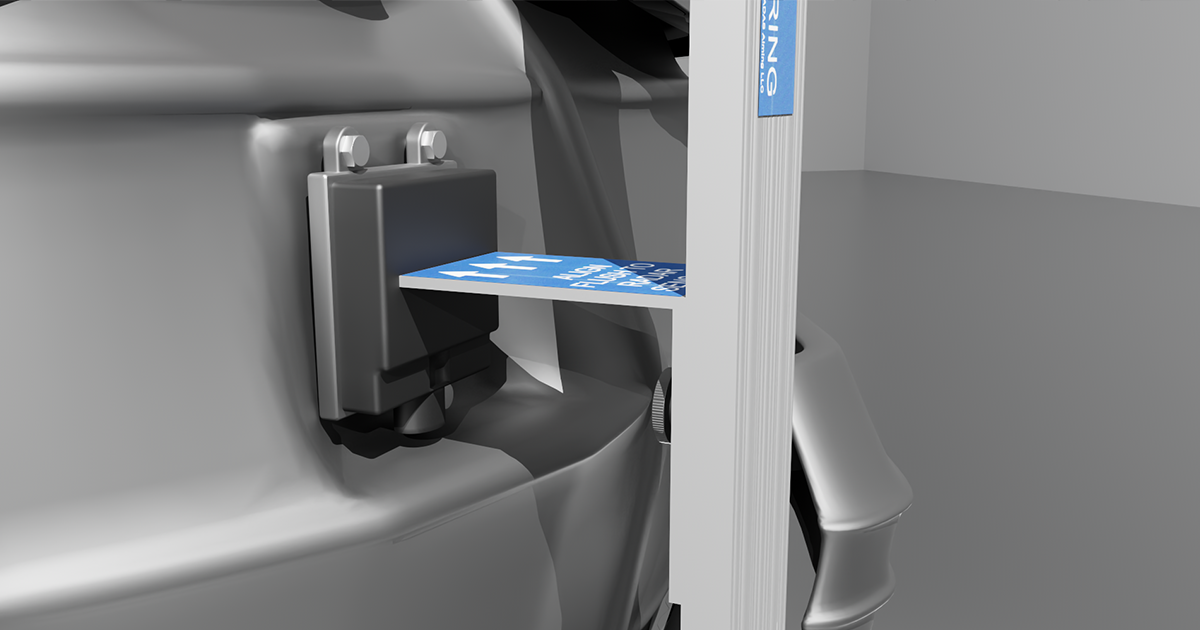
Your CCC estimating system might list the average replacement time for a blind spot sensor and bracket as just 0.5 hours — enough to unbolt and replace, but no time is allotted for adjustments or measurements. Most collision repair manuals don’t mention the need for alignment or angle verification for rear body panels or blind spot sensors. Visual inspection alone won’t cut it — even a 10° deviation is almost impossible to detect by eye.
So, it’s not in the estimating system. It’s not clearly defined in the repair manual. You can’t see or measure it easily. Naturally, the insurance companies won’t approve additional labor time for measuring or realigning rear body panels or sensor brackets.

In early 2019, as blind spot systems became more common, we launched ADAS Aiming. We conducted in-depth research and compiled manufacturer specifications for vertical and horizontal angle measurements. We now supply body shops with a complete system, including blind spot measuring and alignment tools.
This program typically adds 4 to 8 hours of additional labor time to every rear-end collision repair.
Introducing the CJP–907
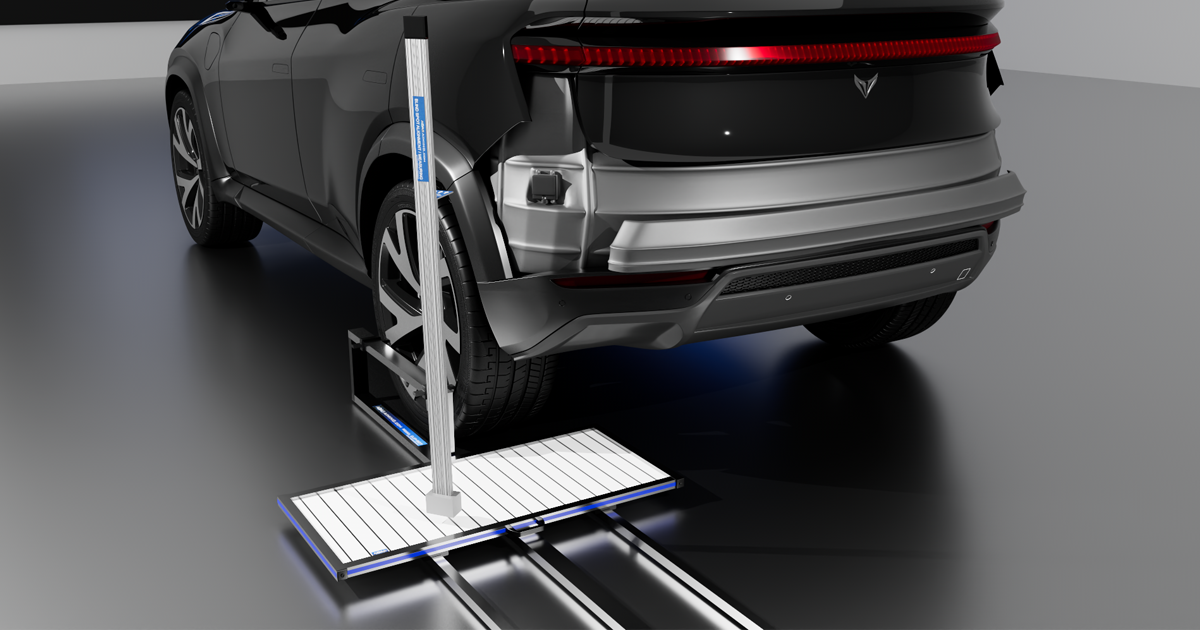
The process begins during teardown and estimating, once the bumper cover is removed. Simply set up the CJP–907 and measure the vertical and horizontal angles of both left and right blind spot sensors. Photograph and document the results in your estimate. This step alone justifies a minimum of one hour of labor time.
If the blind spot sensor is out of alignment, additional labor time should be added to realign the panels to factory specs. If the damage is severe and a full quarter panel or rear body panel needs replacement, you must re-measure these angles after repairs. Welding new panels often warps them slightly — just enough to affect the sensor angle by a few degrees.
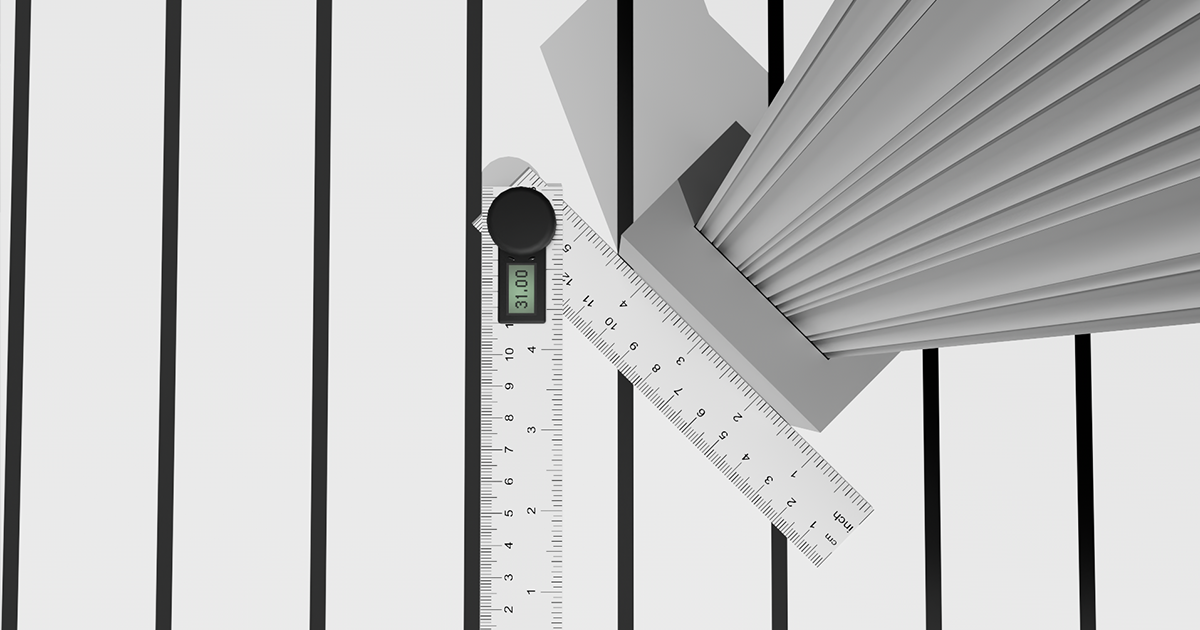
Panel Repair Challenges
Let’s talk quarter panel and rear body panel repairs. These panels are originally manufactured using high-pressure hydraulic presses and robotically welded into place with precision. Reproducing these angles by hand is time-consuming and extremely difficult.
You can’t use body filler — it will crack or crumble, and it’s not intended to support brackets or sensors. Moreover, these panels aren’t flat. They have specific curves, bulges, and cavities designed to position the blind spot brackets at precise angles.
Typical rear panel with blind spot mounting bracket:
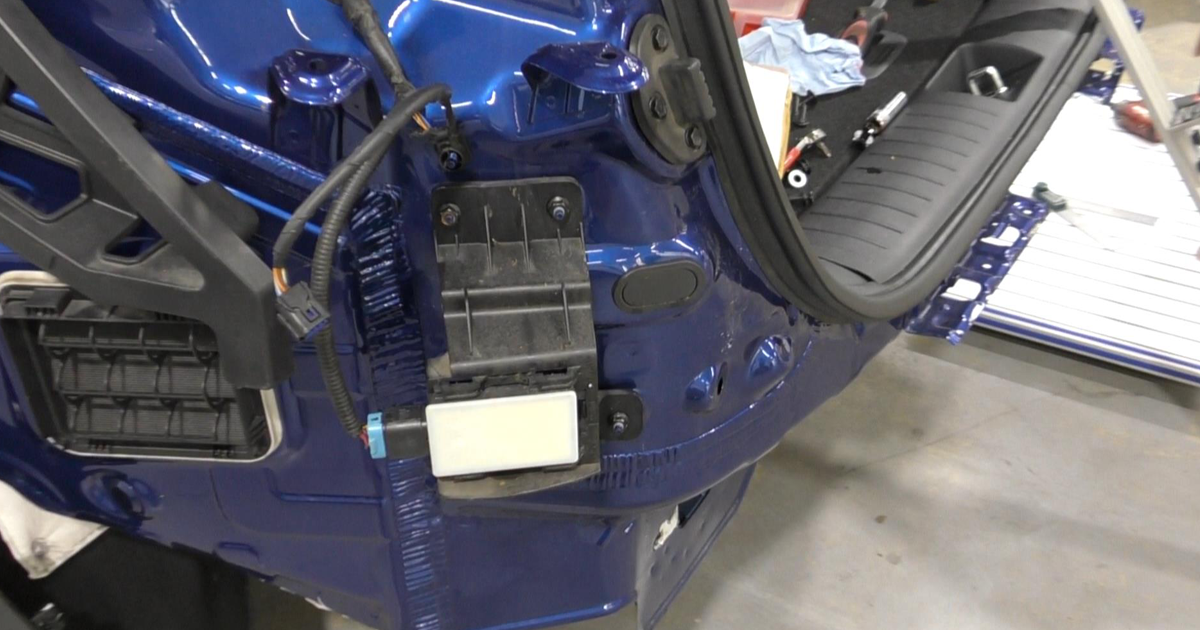
Typical ADAS sensor and mounting bracket designed to perfectly fit the quarter panel mount location:
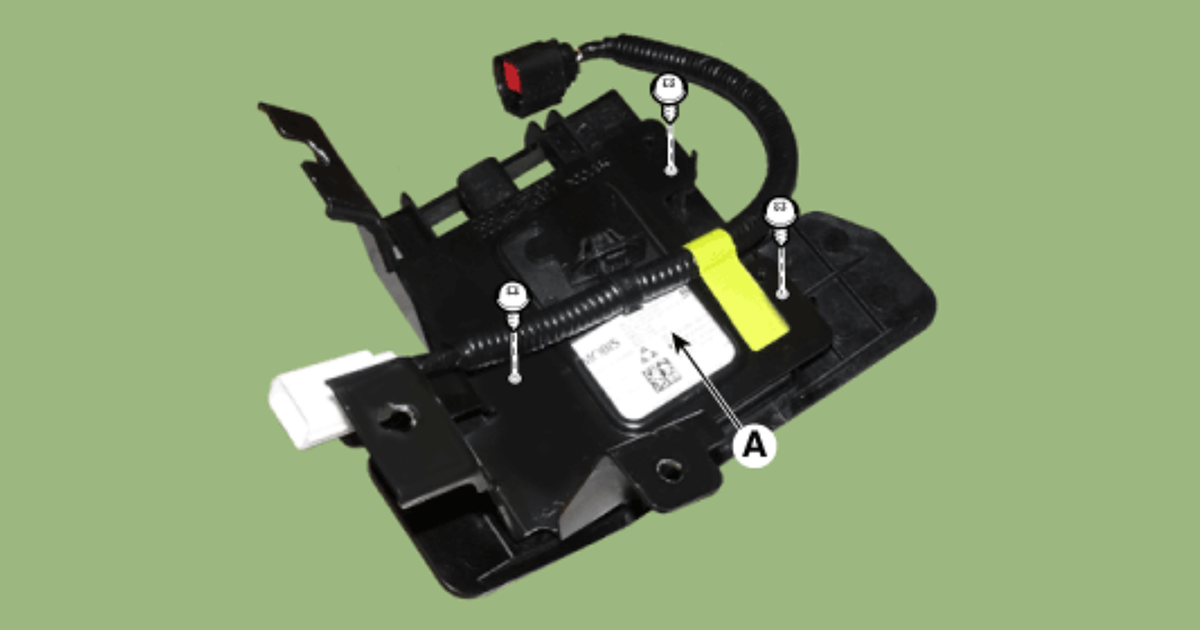
Realigning these panels accurately without a measuring tool is impossible.
Calibration Myths
“Why not just mount the sensor and let the ADAS technician calibrate it?” That’s a common but dangerous misconception.
Blind spot calibration — dynamic or static — doesn’t realign the sensor. It only verifies whether the current angle is acceptable. In static calibration, the technician places a triangle target behind the vehicle at a defined angle. The sensor sends a test signal and either passes or fails based on the feedback.
Typical triangle target placement in relation to a blind spot sensor:
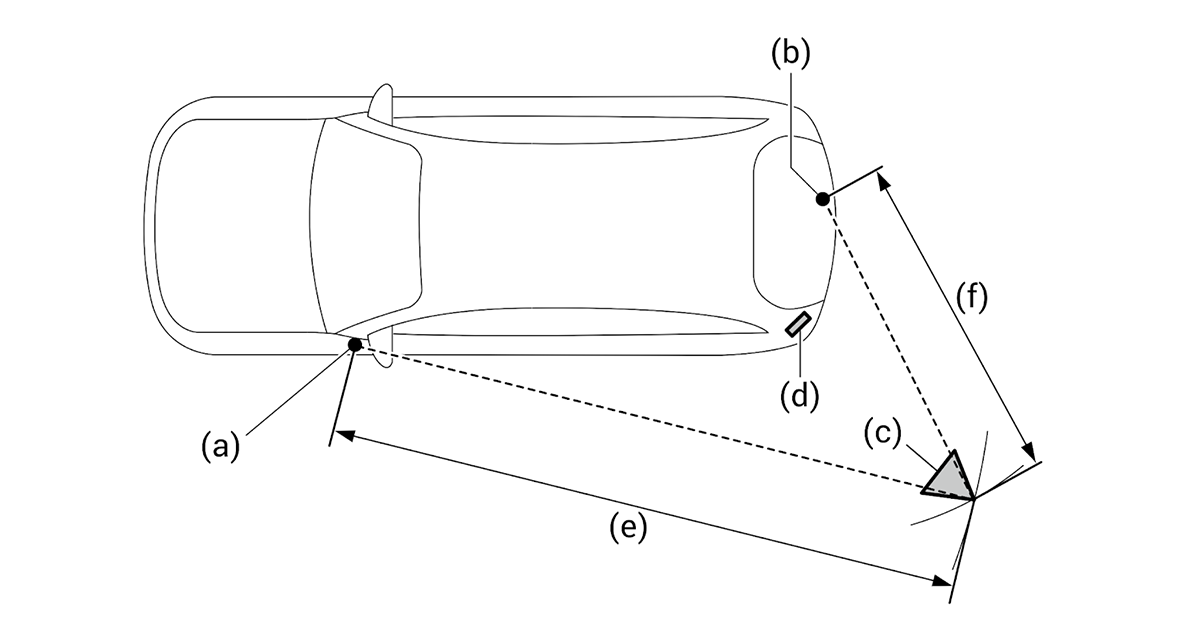
Dynamic calibration may take hours — or weeks of driving — before the system detects a misalignment and disables itself. Meanwhile, the driver is unknowingly at risk.
OEM Documentation Gaps
Insurance companies won’t pay for undocumented labor. Most OEMs bury this crucial information in the repair manual, not the collision manual — which explains why estimating systems like CCC often ignore it.
For instance, Subaru’s collision manual only checks the vertical angle of the blind spot sensor, with no mention of the horizontal angle. A single vague note in the repair manual states: “Calibration of the triangle target is based on a 50° angle from the vehicle centerline.”
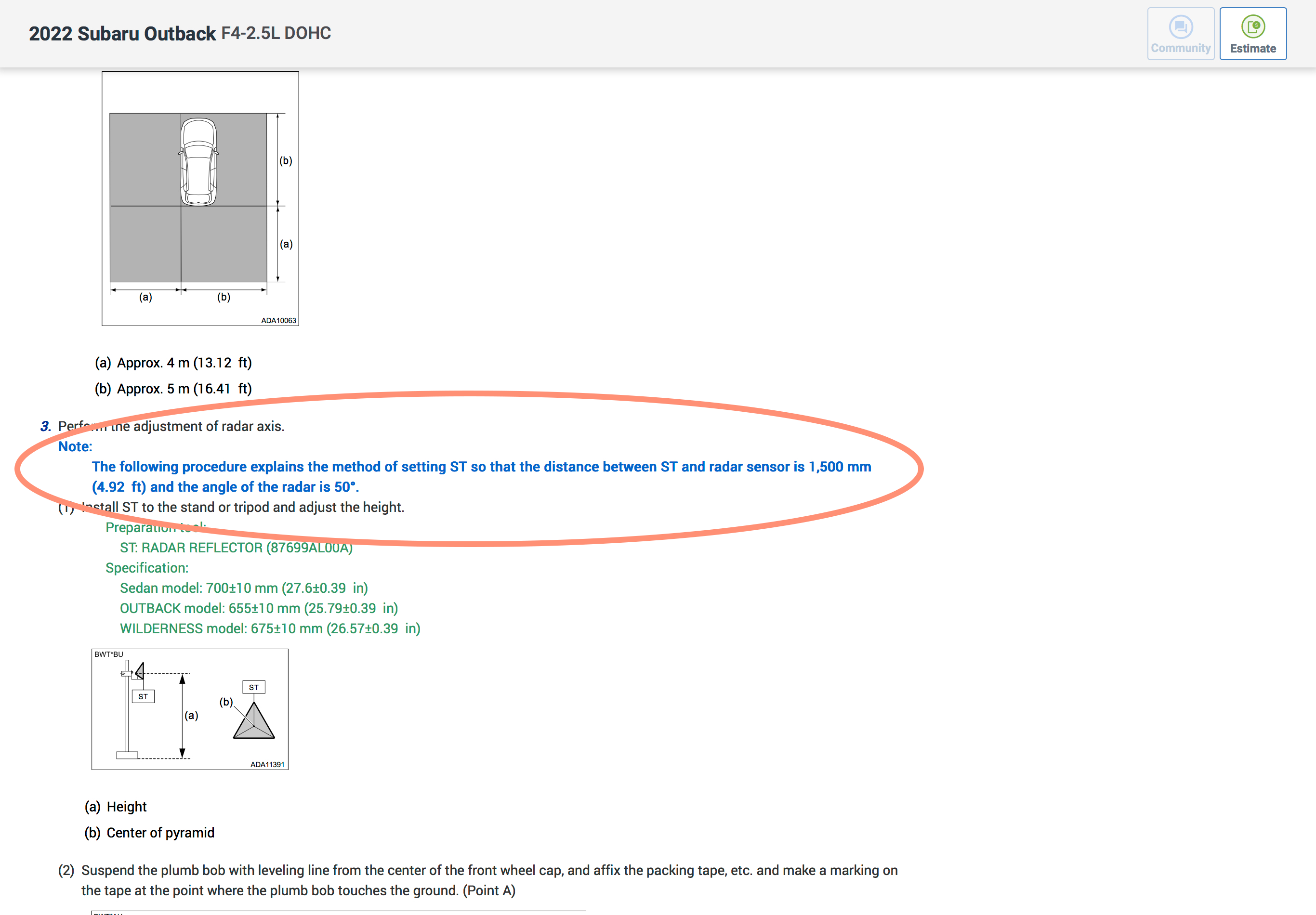
In contrast, Honda, Acura, Toyota and Lexus provide vertical and horizontal angle specs — but only in the calibration section, not in the general repair instructions. Toyota and Honda, in particular, require complex, time-consuming verification procedures using plumb bobs, centerline strings, and measuring distance in millimeters on the floor of the shop.
Acura service manual verification procedure:
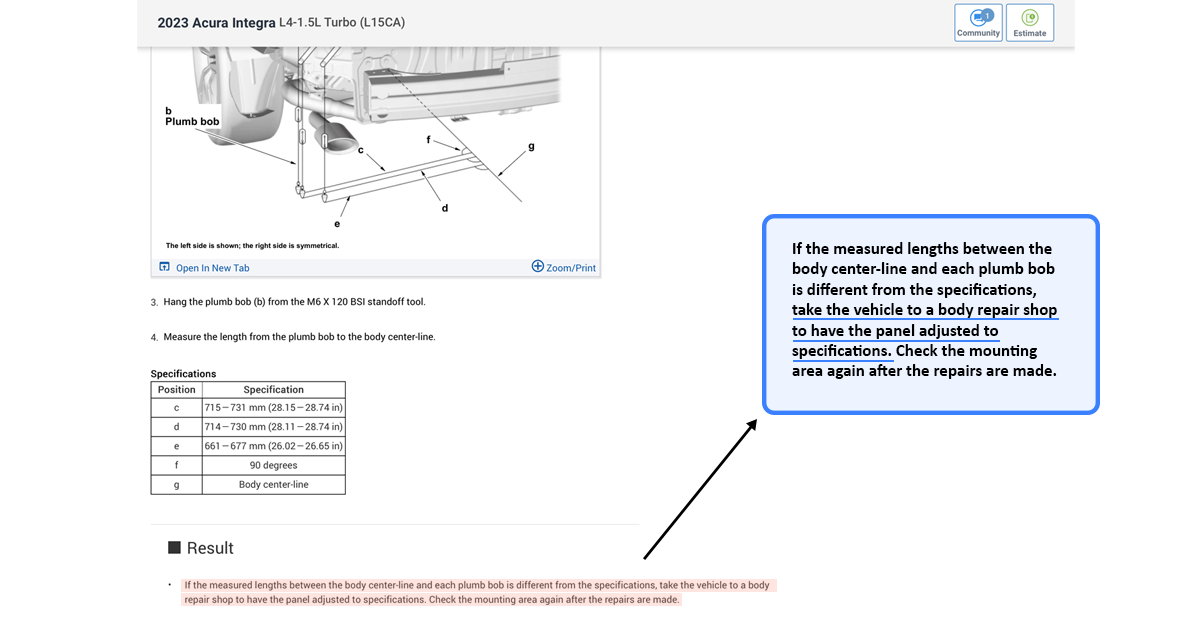
Toyota service manual showing where to find vertical and horizontal angles:
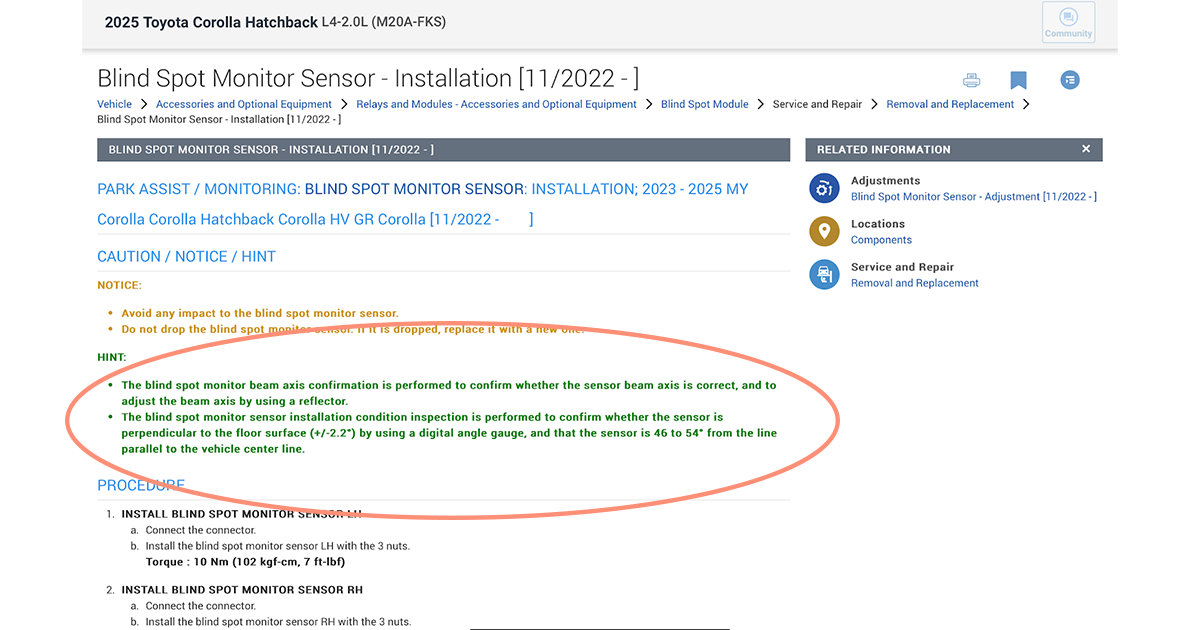

ADAS Aiming Simplifies It All
ADAS Aiming LLC puts all of this in one place: www.adasaiming.com.
Boost your profit per rear-end repair by up to 3,900%—from 0.5 hours to 4+ hours of billable time—using the CJP-907 Blind Spot Measuring and Alignment System. More than just a tool, this kit includes free estimator and technician training, lifetime tech support, and exclusive access to our blind spot factory spec database. Whether you run one shop or a network, we’ll bring training to you—in person or online.
Don’t leave money on the table. Turn overlooked repairs into a major profit center. Contact us today to get started.



